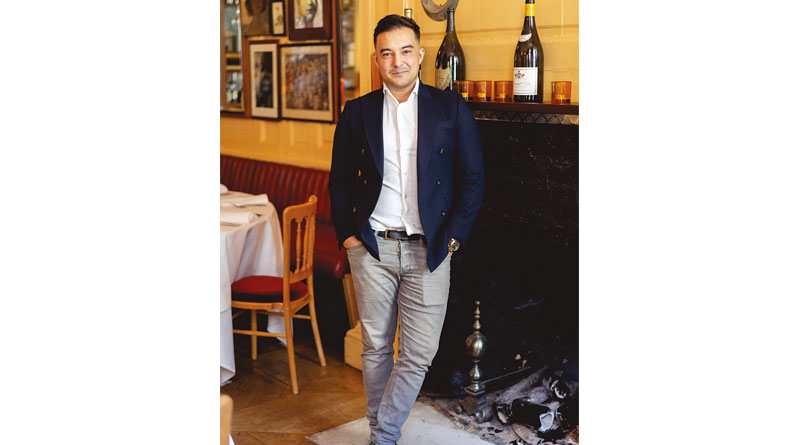Why Nightlife Operators Are Moving Into Restaurants

By Alexandre Santamaria, Founder of Aware Hospitality (www.awarehospitality.com)
We all know that the pandemic totally changed the world of restaurants. From outdoor dining to parties of six via “substantial meals”, the last three years were undoubtedly tumultuous for all in the hospitality industry. What was perhaps more unexpected however, was the impact these changes would have when everything returned to ‘normal’, with restaurants in a more remarkable place than ever before in 2022.
More and more establishments are totally changing the way they operate, what they offer, and what they can do for their customers. To truly understand the restaurant space in this new era, it’s important to look at the significant changes in the landscape, and what the future holds.
Having founded bar and restaurant development company, Aware Hospitality, operator of restaurants, members clubs and bars in Central London, I’ve seen a huge wave of nightlife entrepreneurs entering the capital’s restaurant sector. You only have to look at the past five years to see a spike in the stats: COYA and Sexy Fish paved the way for the one-stop restaurant offering both an incredible dining experience alongside live DJs, a fantastic atmosphere and a lounge to carry the party into the early hours. People are calling this sensation the “Clubstaurant”, where dining and dancing is the order of the day, effortlessly taking guests from evening into the night.
With a handful of restaurants focusing on not only a high-standard of food, but a level of entertainment to match to keep people longer, guests soon found themselves staying in one place for the whole night. On top of this, nightclubs were already facing challenges with the twenty-something crowd focusing on health and mindful drinking with declining alcohol sales and a rise of daytime parties and brunches running from early afternoon to late evening gaining in popularity.
The restaurant-cum-nightclub model was truly accelerated when the pandemic gripped the UK in 2020. Covid-19 had a devastating impact on London’s nightclubs, with figures from the Local Data Company showing that Wales, Yorkshire and London had the most nightclub closures — between 10 and 13 per cent of their total. With social distancing unable to work on a dance floor, the entertainment industry suffered the blow of two lockdowns and strict guidelines. Since re-opening on July 19th 2021, London clubs have faced huge set backs too; the Track and Trace ‘pingdemic’; staff shortages; the absence of the Night Tube coupled with a quieter than usual West End made for declining sales across the board and empty dancefloors.
Post-covid, the Central London nightlife scene, which attracts customers from across the world, was still struggling due to the global restrictions for travel. With overseas clientele – including guests from the Middle East, Russian and Asia – unable to rack up a large, clubs’ earnings significantly nose-dived.
Nightclub operators are now adjusting to the new trade, opening successful restaurants in London that are both commercially and financially astute. With no minimum spends for tables or “bottle service only” policies, adapting to price-sensitive customers whilst delivering a memorable experience, is paramount. With access to status-seeking investors who dream of owning a restaurant in Central London, the market has never been more fluid.
JP Kley, former owner of nightclubs Mason House and Beats, is now behind Private Members Clubs, Nikita, a low-lit, cocktail bar designed to mimic a Haussmann-style flat in Paris with exquisite food, Kley is set to launch his next venture – Mr Nice in the heart of Mayfair located opposite Cipriani – a French restaurant with a broad European influenced menu.
Make no mistakes, this isn’t going to be a fledging trend in the hospitality industry. It’s going to be interesting to see what restaurants offer next, and the people that enter our industry and shake things up further. You know what they say, that’s entertainment.
